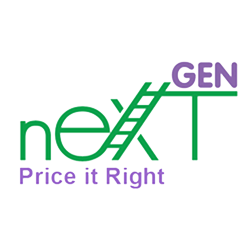In children’s resale, stores can and should expand profits by offering a complement of 1) new items obtained from vendors and 2) better quality “play” items (slightly worn) from customers along with 3) regular gently-used and never-used items from customers. But in doing so, it’s important that the customer is able to readily distinguish these three offerings. To this end, NextGen recommends using different price endings to distinguish “play” items from “regular” and “new.”
Specifically, we recommend ending the selling price of play items in 7, e.g. .47 or .97, and regular and like-new items in 9, e.g. .49 or .99. Otherwise two pairs of Levi’s jeans, one in “play” condition (slightly worn at the knee) and the other in “regular” condition will appear to be inconsistently priced to uninformed shoppers. Similarly, NextGen recommends ending the sales price of new merchandise in 8, e.g., .48, or .98. Otherwise, customers will have a difficult time distinguishing new items purchased from vendors–typically more expensive—from items bearing original tags purchased from customers–typically less expensive.
The different price endings clarify what otherwise could appear to be inconsistent pricing to the shopper. Better customers understand a price than question it. A confused and questioning shopper is not a content and confident shopper, and is less inclined to buy. Of course, it is important to communicate what these endings signify to our customers through signage (NextGen provides the copy on request).

